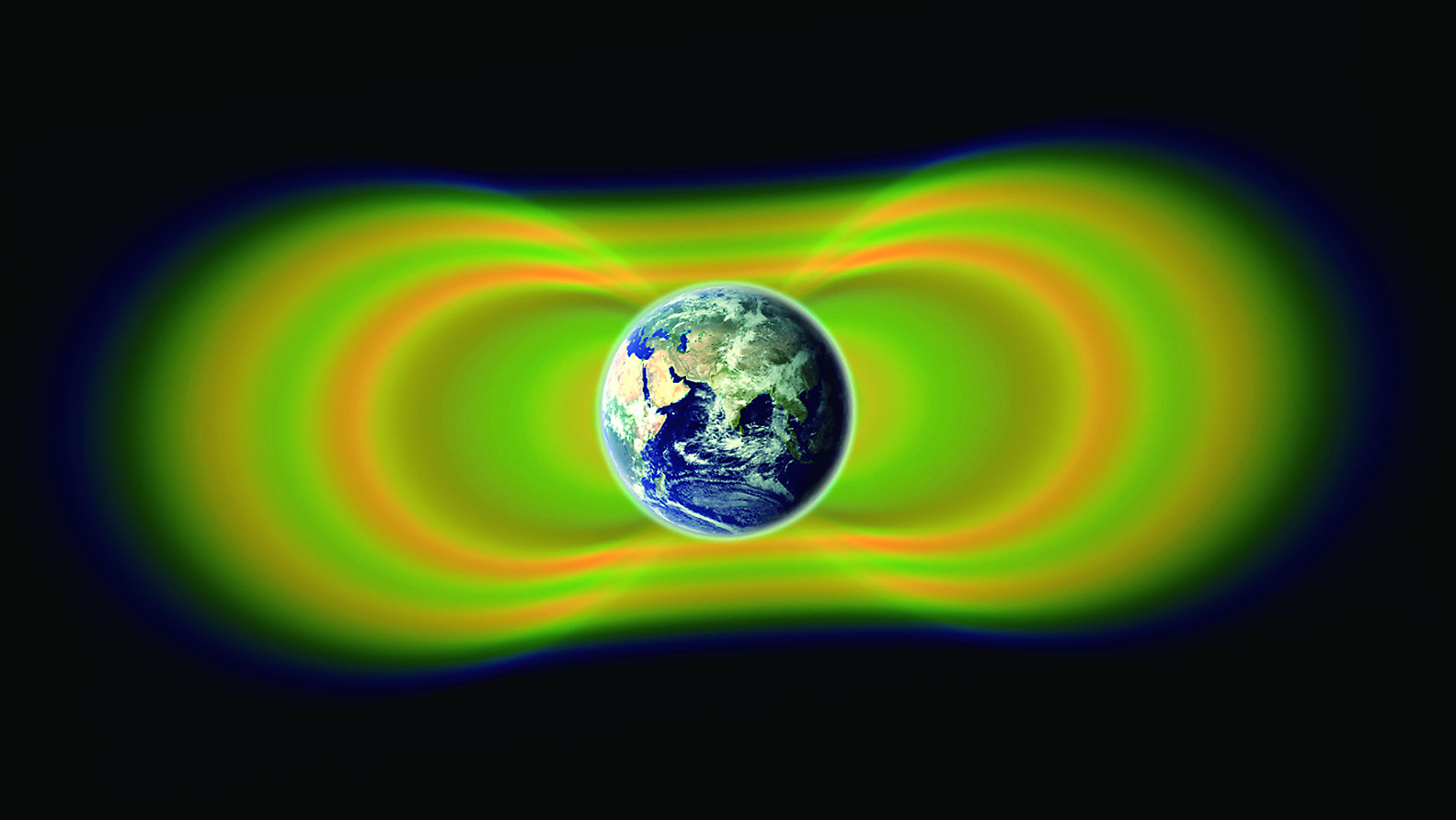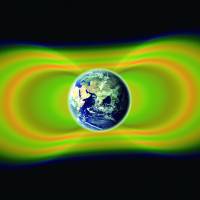NASA probes that are exploring the twin Van Allen radiation belts encircling the Earth have spied a third band of radiation that burst into view and then disappeared, scientists reported Thursday.
The discovery of the temporary band of high-energy electrons has stunned scientists and is forcing a rethink of the radiation environment above Earth, with implications for proposed human deep-space missions.
In 1958, early NASA satellites recorded two zones of dangerous electron and proton radiation extending 20,000 km beyond Earth. Named for scientist James Van Allen, the dual donut-shaped regions were the first major discovery of the space age.
Last Aug. 30, NASA launched the twin probes to provide a deeper understanding of the region. A radiation-detection instrument was scheduled to be switched on a month later, but mission scientists decided to turn it on early.
Three days after launch, and just a day after the instrument powered up, the third belt appeared.
The third belt, which formed between the two known belts, disappeared about a month later when a blast of energy from the sun blew past Earth.
Researchers are now puzzling over the temporary band of high-energy electrons. They are trying to understand why it did not quickly merge with the outer belt, as predicted by current understanding of the physics of the region.


















With your current subscription plan you can comment on stories. However, before writing your first comment, please create a display name in the Profile section of your subscriber account page.